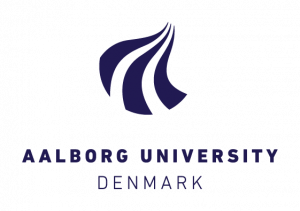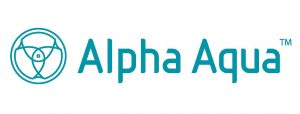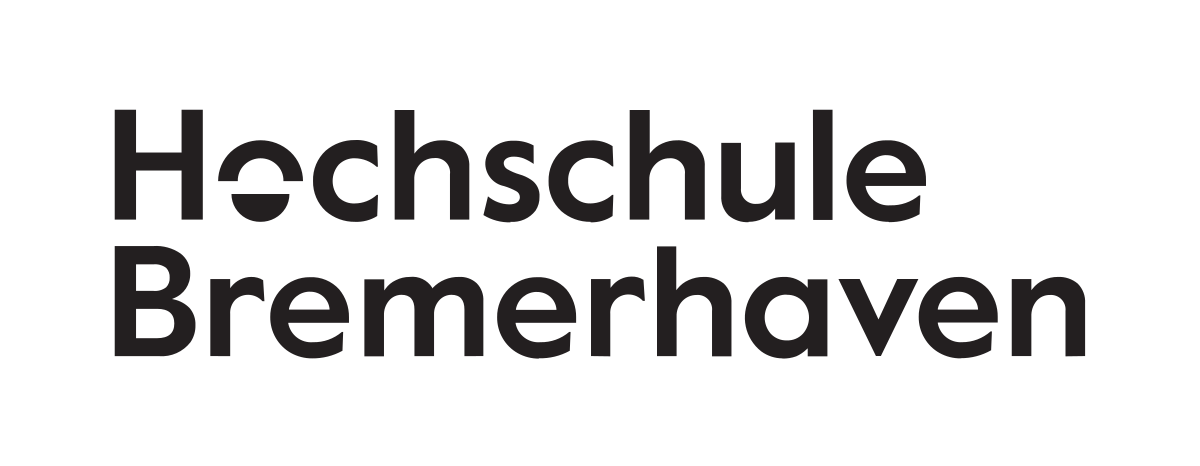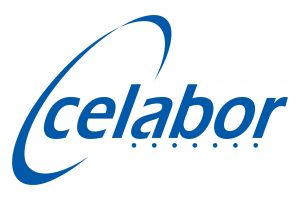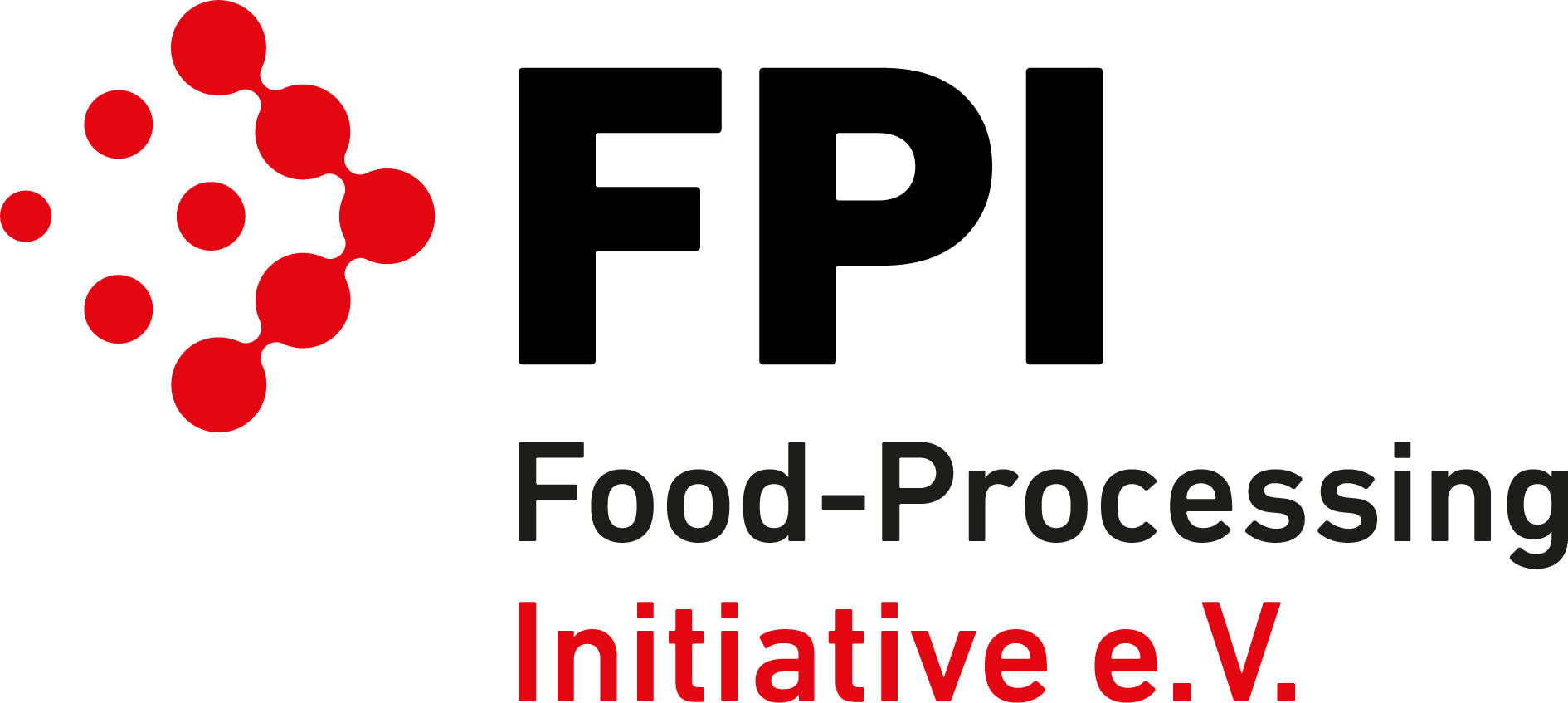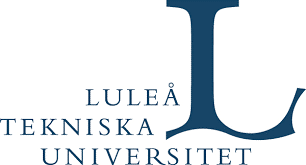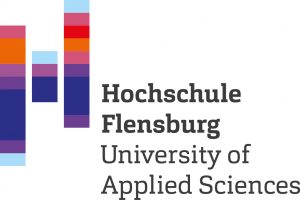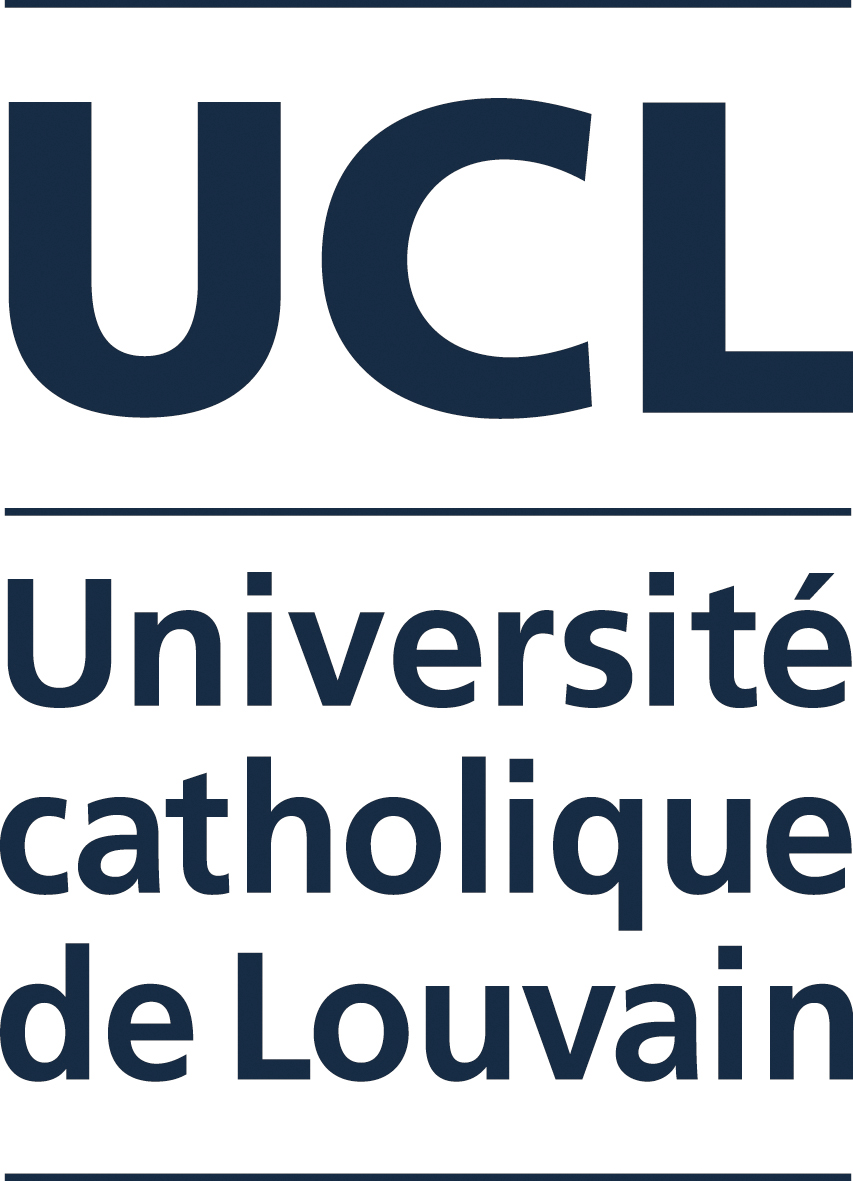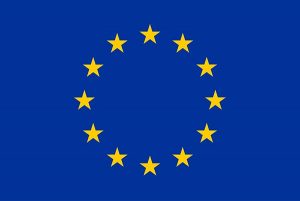Anti-inflammatory and regenerative effects of Halophyte Bioactive Extracts on common skin diseases
First data indicates an overall effect of the bioactive cream to reduce histamine induced itch.
Halophyte plants are salt-tolerant and are acclimated for growth in saline soils such as along coastal areas. Among the halophytes the Salicornia species have been used as both folk medicine and functional feed for multiple years due to high levels of bioactive compounds including anti-inflammatory and antioxidative effects. Halophyte farming in synergy with aquaculture may be used to create high value-added products in the cosmetic and pharmaceutical industry through the implements of continual use of resources and waste through prevention, reduction, and recycling. The properties of Salicornia bioactive extracts, for modulation of pain and itch sensation, remain still unclear. Prior to clinical assessment of such salicornia extract on skin conditions the effect of the prolonged application of aqueous extracts have to be addressed using healthy subjects. In an exploratory study we obtained ethical approval to test 30 healthy volunteers for treatment with 10% Salicornia cream or inert vehicle cream for 24 or 48 hours. On day 0, and 24 or 48 hours post cream application thermal detection and pain thresholds, mechanical pain thresholds and sensitivity, and micro-vascular reactivity were assessed to evaluate the effects of cream containing Salicornia. Our data indicate an overall effect of the bioactive cream to reduce histamine induced itch although the study design and time-frame selected also show need for further assessment of the long-term effect after prolonged use. Future use of green technologies and renewable ingredients, as the S. ramosissima infused skin cream, as a putative primary treatment to reduce symptoms like itch and pain in different skin diseases, such as psoriasis and atopic dermatitis, could be favorable. Reference: 10.3390/ph15020150
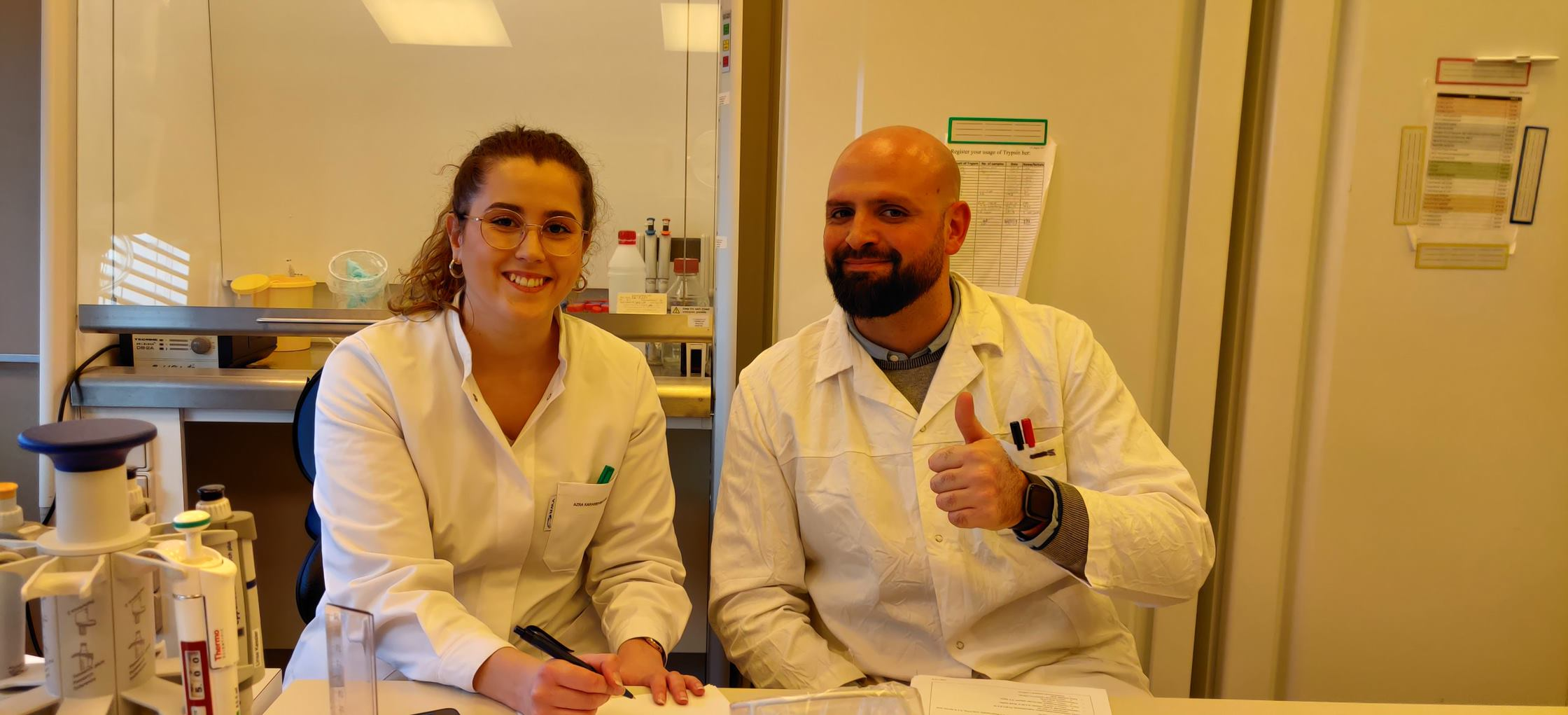
Contact:

Allan Stensballe, Thomas Poulsen & Rocco Giordano
Aalborg University, Denmark
as@hst.aau.dk, tbgp@hst.aau.dk & rg@hst.aau.dk
Acknowledgement
This project has received funding from the European Union’s Horizon 2020 research and innovation programme under Grant Agreement No 862834. Any results of this project reflects only this consortium’s view and the European Commission is not responsible for any use that may be made of the information it contains.


